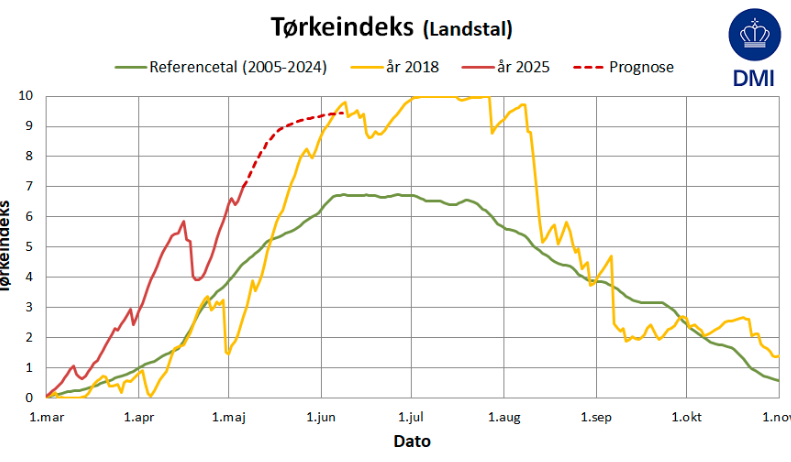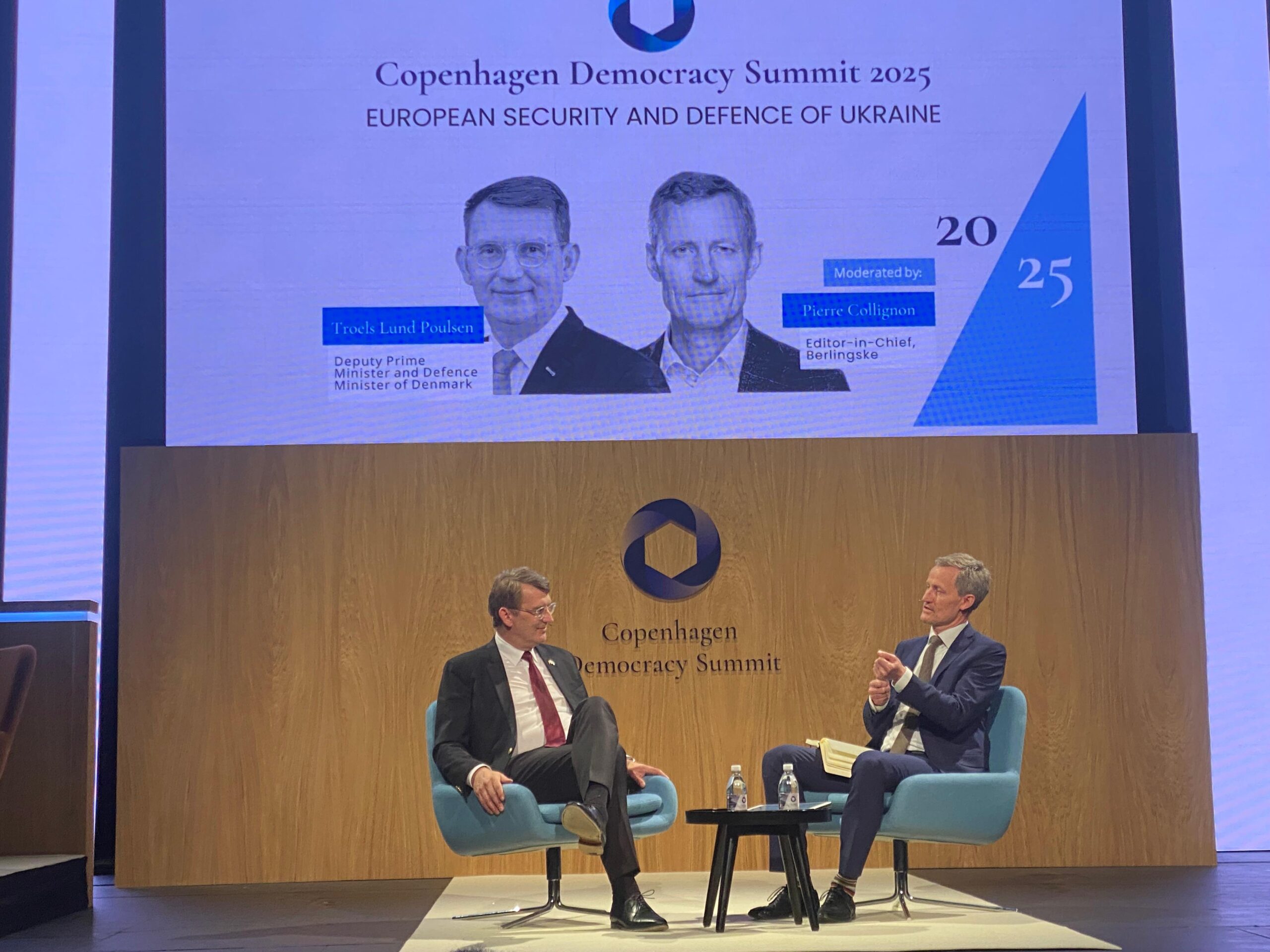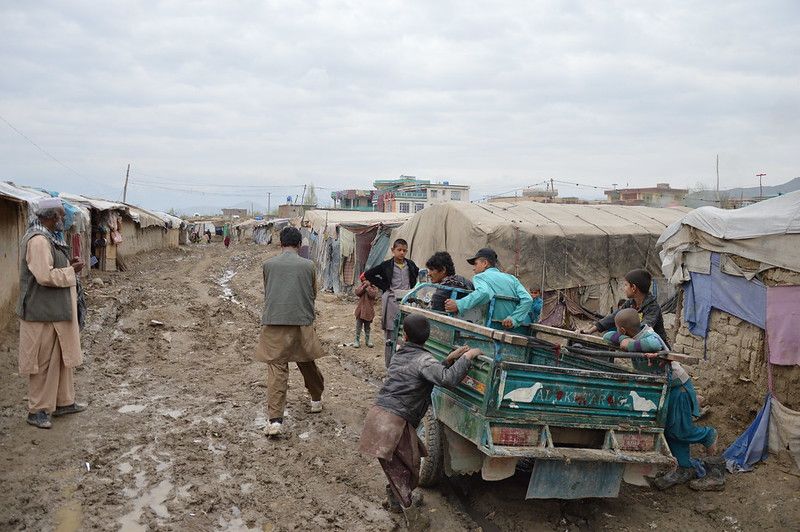Benjamin Franklin once quipped that there are only two certainties in life: death and taxes.
Regarding the former, it has been an accepted wisdom that it is the wealthy who tend to live the longest – in fact the ones who ought to pay the lion’s share when it comes to the latter.
However, new research carried out by the University of Copenhagen reveals that the difference in longevity between the two groups is not as large as had been thought.
Rags to riches and back again
Previous research had identified significant differences regarding how long people live based on their income groups. It now seems as if not enough attention was paid to the fact that rich people don’t necessarily stay rich, and poor people are not always poor for ever, reports TV2 Nyheder.
Danish data reveals that over a ten-year period, around half of the people initially classified as poor ended up earning more and moving out of the group with the highest mortality rate. In the same way, half of the people who started out richer ended up in groups with lower incomes, with a shorter life-span as a consequence.
“In the real world, there is a high degree of mobility when it comes to moving out of poverty and some rich people become poorer. That has an effect on how long they live,” said Benjamin Ly Serena from the university’s Center for Economic Behavior and Inequality.
How can a poor man stand such times and live?
Research carried out by American economists had suggested that there was a difference of 6.5 years when it came to how long a rich and a poor 40-year-old man could be expected to live.
“But our method shows the difference is closer to three years for an American man. In Denmark, the difference is 2.4 years for men and 2.2 years for women,” added Serena.
Pressure on welfare funding
“If you don’t take mobility through income fluctuation into consideration, you may end up drawing the wrong conclusions about how much it will cost to finance public welfare for the population,” pointed out Serena.
But although the difference in longevity is less than expected, it is growing steadily. In 1983 a wealthy 40-year-old had a life expectancy 1.5 years longer than a similar man with a low income. In 2013 the difference had grown to 3.5 years.














